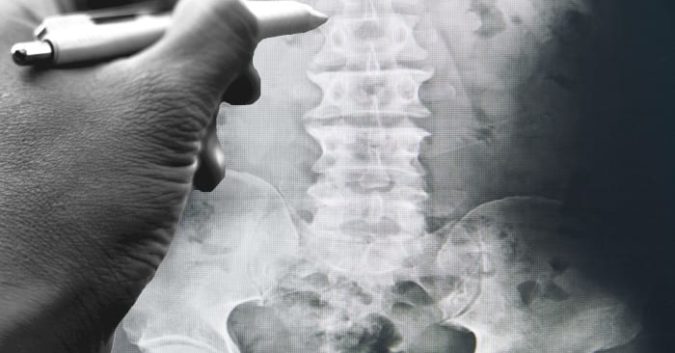A worldwide investigation into the safety and oversight of medical devices has raised serious questions about the $400 Billion industry, how it is regulated, and how it must change in order to keep people safe.
Brought into sharp focus are spinal cord stimulators, devices that have brought huge profits to medical technology companies while racking up the third-highest number of device injury reports to the Food and Drug Administration (FDA) in the last decade.
Investigation Finds 83,000 Deaths in Last 10 Years
The investigation was spearheaded by the International Consortium of Investigative Journalists (ICIJ) and comprised more than 250 journalists from 36 countries. Investigators interviewed doctors, patients, researchers, company whistleblowers, and pored over millions of medical records and recall notices. In total, researchers found evidence of more than 1.7 million medical-device injuries and nearly 83,000 deaths that have been reported to the Food and Drug Administration (FDA) during the last 10 years.
Medical errors and defective devices no doubt contribute to these alarming numbers, but perhaps the most shocking aspect brought to light by the ICIJ investigation is the outdated process by which some devices are tested and then approved by the FDA.
Critics say the process is dangerous because it hustles devices through approval with minimal research. Simply put, not enough is known about the products before they enter the market, and, as a result, people can easily get hurt. The FDA has promised action, but so much damage has already been done.
Spinal cord stimulators, involved in 50 recalls since 2005, have become a prime example of an approval process in desperate need of immediate reform.
What Are Spinal Cord Stimulators?
A spinal cord stimulator delivers electrical currents to the spinal cord through wires running up the spine from a battery-powered generator, which is implanted in the lower back. The stimulator is controlled from an external remote. When functioning properly, these devices can effectively mask pain by interrupting pain-signals before they get to the brain (watch an AP video on spinal cord stimulators here).
With such an intricate device running through the body, however, there are a lot of risks. Given these risks, spinal cord stimulators are typically used only after physicians and families have exhausted every other option.
When devices fail, or are implanted incorrectly, the results can be horrifying. Injuries that have resulted from spinal cord stimulators include: burns, shocks, spinal cord nerve damage, muscle weakness, and paralysis of the legs.
Are Companies Pushing These Devices Too Hard?
For many years, these implants were a “last resort,” but medical device companies have been spending big money to promote them in hospitals and in the halls of Congress. Today, an estimated 160 spinal cord stimulators are implanted in American patients every single day.
Manufacturers of the devices – such as Medtronic, Boston Scientific Corp., Nevro, and Abbott – have seen enormous profits from the rapid proliferation of spinal cord stimulators. The global market for the product in 2017 was nearly $2 Billion, up from $300 Million in 2001.
Along with the staggering number of people injured by stimulators and other devices, the ICIJ investigation found that the medical-device representatives were heavily involved with the entire process. Their influence might take the form of money or gifts given to doctors. Sometimes, doctors would not disclose these gifts to their patients, creating a clear ethical hazard. Salesmen also often interacted with patients directly, sometimes to the extent of actually being present in the operating room during procedures.
Medical device companies and their lobbyists have rushed to defend spinal cord stimulators, depicting them as a safer way to treat chronic pain than opioids, which have ravaged the country. With the number of people who have already been hurt by spinal cord stimulators, however, there is a strong possibility that medical device companies are downplaying risks just like Big Pharma did with opioids. That simply cannot be allowed to happen again.
